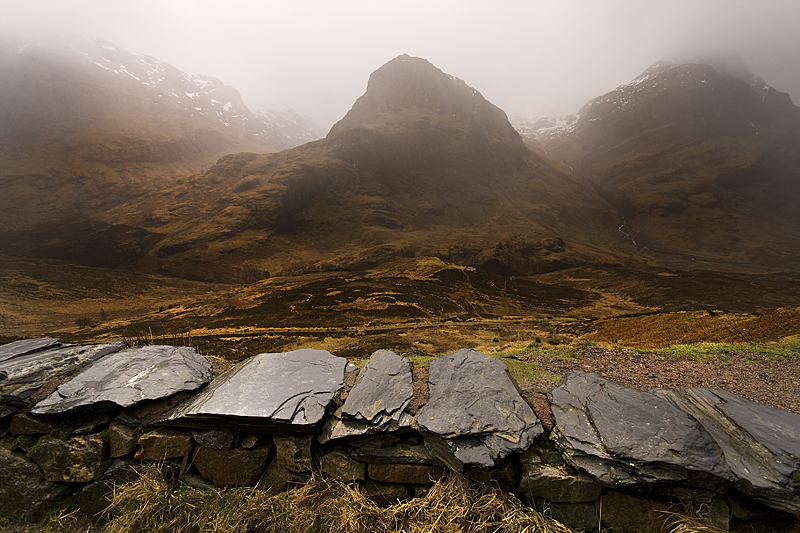- Messages
- 720
- Name
- Louise Knight
- Edit My Images
- No
Hello,
I've read a lot about this lens, people either seem to love it or hate it, and from reading past threads, there have been problems with it not being quite as sharp as one might hope.
Anyway, 3 weeks out of warranty, and I've decided I don't think mines upto scratch in the focus dpt.. I've been trying to take some shots of local scenery, I'm not an expert on landscape photography, but I always understood that to enable the shot to be focussed throughout the frame, you need to focus around 1/3rd of the way into the frame, with an aperture or between f/11 and f/16
here's my first test, straight out of camera.. whole shot then 100% crop. The rest that followed are all pretty much the same
These were taken using a tripod and shutter release, what am I doing so wrong?!!


EXIF:
Camera Model Canon EOS 30D
Shooting Mode Manual Exposure
Tv( Shutter Speed ) 1/60
Av( Aperture Value ) 14.0
ISO Speed 100
Lens 10.0 - 20.0 mm
Focal Length 10.0 mm
I've read on here that there's sometimes problems at 10mm?
Or, maybe I'm just doing it wrong.. :shrug:
Any kind souls fancy offering some much needed landscape advice?
Lou
I've read a lot about this lens, people either seem to love it or hate it, and from reading past threads, there have been problems with it not being quite as sharp as one might hope.
Anyway, 3 weeks out of warranty, and I've decided I don't think mines upto scratch in the focus dpt.. I've been trying to take some shots of local scenery, I'm not an expert on landscape photography, but I always understood that to enable the shot to be focussed throughout the frame, you need to focus around 1/3rd of the way into the frame, with an aperture or between f/11 and f/16
here's my first test, straight out of camera.. whole shot then 100% crop. The rest that followed are all pretty much the same
These were taken using a tripod and shutter release, what am I doing so wrong?!!


EXIF:
Camera Model Canon EOS 30D
Shooting Mode Manual Exposure
Tv( Shutter Speed ) 1/60
Av( Aperture Value ) 14.0
ISO Speed 100
Lens 10.0 - 20.0 mm
Focal Length 10.0 mm
I've read on here that there's sometimes problems at 10mm?
Or, maybe I'm just doing it wrong.. :shrug:
Any kind souls fancy offering some much needed landscape advice?
Lou





